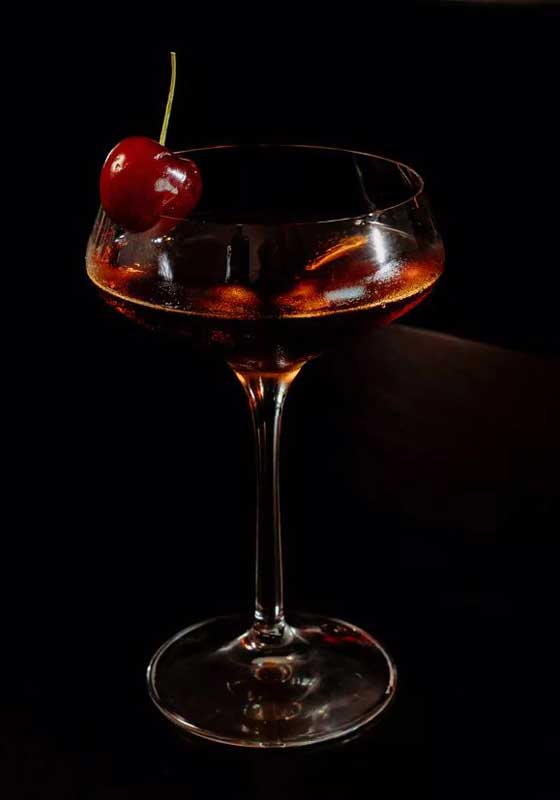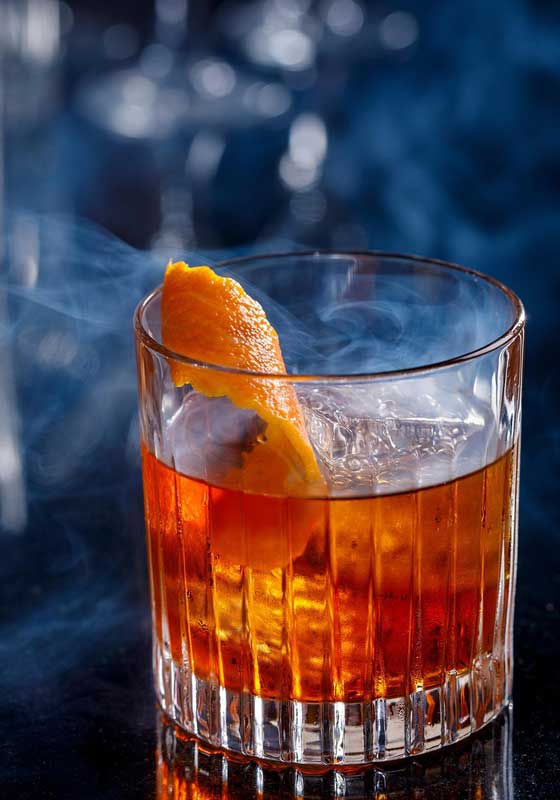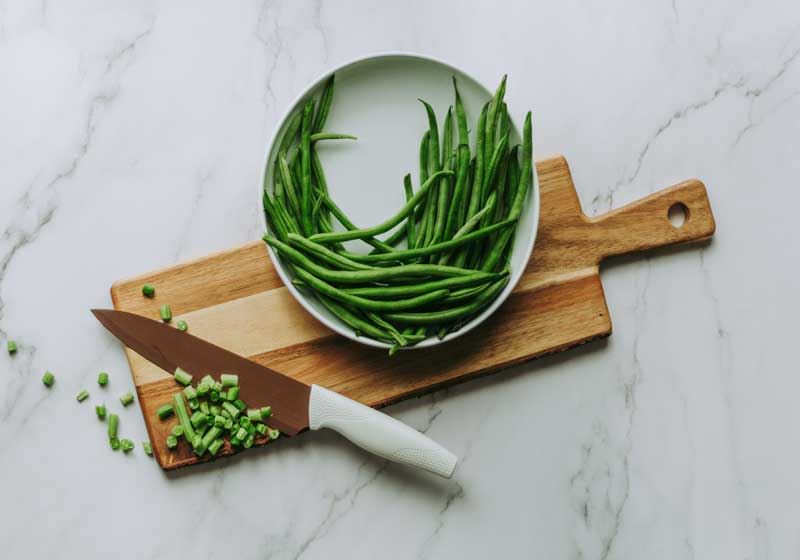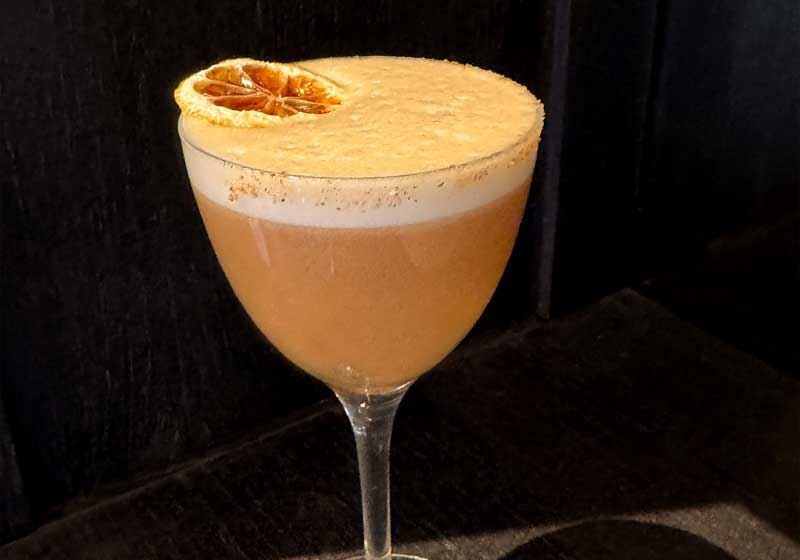Old-school or classic cocktails usually refers to drinks that originated before Prohibition in the United States.
These cocktails are often characterised by simple, classic recipes and ingredients with a focus on balance and spirit-forward flavour profiles.
The base spirit is often the dominant flavour, showcasing its character – there is an emphasis on carefully balancing the cocktail’s flavours, with sweetness, bitterness and acidity working in harmony.
Many classic cocktails have a rich history, tracing back to the early days of mixology and despite being rooted in the past, many old school cocktails remain popular today, demonstrating their enduring appeal.
Here are five recipes to concoct for a retro spin on your next cocktail night:
This cheeky number originated from the Manhattan Club in New York City in the mid-1879s, invented by Iain Marshall for a banquet hosted by Jennie Jerome – Lady Randolph Churchill and the mother of Winston.

It was created in honour of Presidential candidate Samuel J. Tilden and is regarded as the first ‘modern cocktail’ due to the inclusion of Vermouth to what would have otherwise been an Old Fashioned whisky cocktail.
It has been called ‘the drink that changed the face of cocktails’.
James Bond drank a Negroni when he wasn’t in the mood for a Martini and when Orson Welles tried his first one in 1947, he said: "The bitters are excellent for your liver, the gin is bad for you. They balance each other out.”

By popular accounts, the Negroni has its origins in an aperitivo popular in North Italy at the beginning of the 20th Century.
Made from equal parts, gin, vermouth rosso and Campari, this aperitif is generally served on the rocks, garnished with an orange slice or peel.
There is much debate over this cocktail’s origins, however most believe it emerged on the drink scene in the early 1800s, possibly at the Pendennis Club in Louisville, Kentucky. A bartender is credited with creating the drink for James E. Pepper, a prominent bourbon distiller.

Pepper, who was a member of the Pendennis Club, then introduced the Old Fashioned to the Waldorf-Astoria hotel bar in New York city. While the core recipe of spirit, sugar, bitters and a citrus twist has remained largely consistent, the Old Fashioned has evolved over the years with additions such as fruit muddling and modern twists with smoked whisky or flavoured syrups.
The Old Fashioned has maintained its status as a classic cocktail, enjoyed for its simplicity and balance.
Like most classic cocktails, the Martini has murky origins. It first appeared on the cocktail scene around 1870, but it was much sweeter than the cocktail we know and love today.

Some claim it was invented in a bar in Martinez, California when a prospector who had just struck gold walked in demanding a celebratory drink. Other suggestions are that the name came from the Italian vermouth brand Martini and Rossi, with cocktail aficionados requesting a gin and Martini shortening the name to ‘Martini’.
Martinis are essentially just gin and vermouth, garnished with an olive or lemon peel. The real debate is whether they should be shaken or stirred – Bond may have enjoyed his shaken, but most bartenders caution against this as shaking can lead to over-dilution and small shards of broken rice in the drink.
This libation’s name has many theories including linking it to Queen Mary ! of England, along with a socialite called Mary Brown Warburton, who spilled the drink on her dress.

Fernand Petiot, a bartender at Harry’s New York Bar in Paris, created the drink in the 1920s – however, it is believed the basic recipe of vodka and tomato juice existed before him and he simply refined it and added spices.
Another theory is that Hollywood star George Jessel created the drink and named it after his friend Mary Geraghty; or that he spilled the drink on Mary Brown and the red stains inspired the name.









